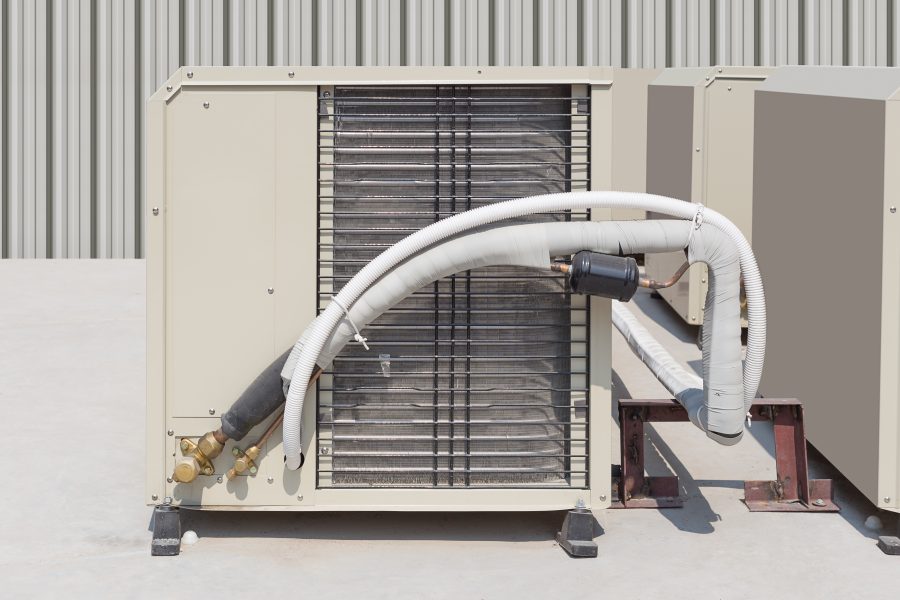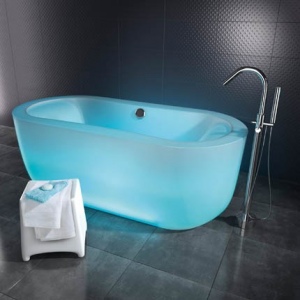Air conditioners are not only designed to cool the air inside your home, but they also remove excess moisture so that your living space maintains a comfortable humidity level. The water that is produced by the condensation process is carried outside the house via a small pipe called the AC drain line.

What is the AC Drain Line?
Also known as the condensate drain, this small dripping line is responsible for removing water that is produced by the evaporator coil of your air conditioner. If this line is clogged, it can cause water to back up and eventually damage your home.
The AC drain line must always be clean and free of any obstruction. Over time, your condensate drain can choke on a buildup of dirt, algae, mold, mildew, or even insect nests. If it is not properly maintained, debris will fill the pipe and prevent water from draining out. Your system will also emit a musty odor.
Most air conditioning systems are built with a safety sensor that detects the water level of the condensate pan. Once the water reaches the pan’s limit, the sensor switch will automatically turn off your AC system to prevent an overflow. The AC won’t turn on until water is drained from the line.
If the safety sensor and switch fail and water overflows, you will need to call a professional HVAC repair company.
How to Properly Maintain the AC Drain Line
Don’t wait for your condensate drain pan to overflow. By performing routine maintenance, you can ensure that your AC is working efficiently and prevent unnecessary repair costs in the future.
Here are three ways to clean your AC drain line:
Step 1. Locate the drain line access point and remove the drain plug.
Pour a cup of bleach or distilled white vinegar through the hole to get rid of algae, mold, or mildew. If you do not like the smell, you can use peroxide or dishwashing liquid as an alternative. Allow the solution to sit for 30 minutes then flush it down with water. Do this once a month to keep your condensate drain free flowing.
Step 2. If the drain line is already clogged, you might need to use a vacuum cleaner or special pump to remove the obstruction.
Attach the suction hose of the vacuum to the drain line and turn it on. Water should flow freely into the waste container.
Step 3. Another way to de-clog your condensate drain is to use a plumber’s snake.
Lastly, Insert the snake into the drain opening until it reaches the end, and pull it up and down to clear the pipe. If none of these methods work and your AC drain line is still blocked, call a professional HVAC repair company immediately.
Written by APM Construction Services, a construction and home maintenance company that is the best choice for heating and cooling in Columbia, MO.





